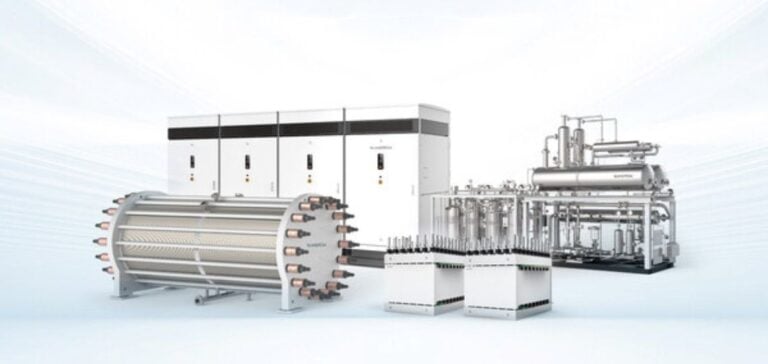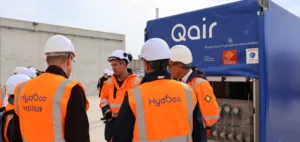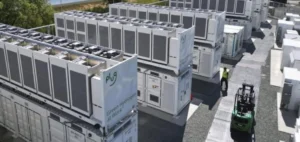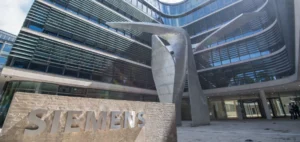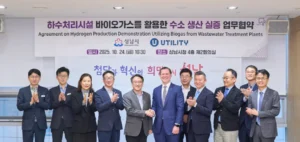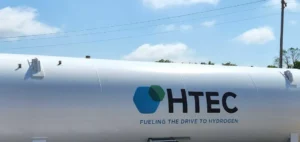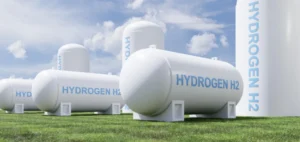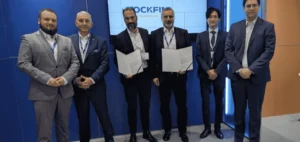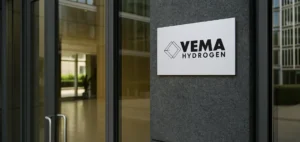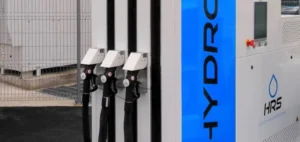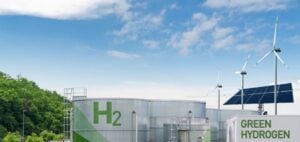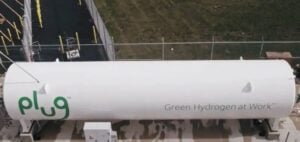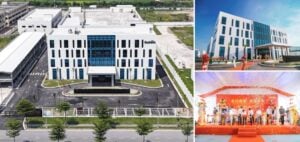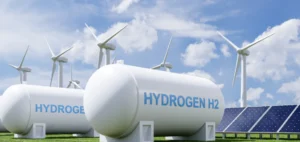Sungrow Hydrogen recently won the tender for the CEEC (China Energy Engineering Corporation) Songyuan Hydrogen Energy Industrial Park project, located in Jilin, China. This project represents a significant step forward in the energy sector, being the world’s largest integrated project for the production of green hydrogen, ammonia and methanol. This project is part of the “Green and Low-carbon Advanced Technology Demonstration Projects” of the China National Development and Reform Commission (NDRC).
Strategic investment for mass production
With an investment of over $4 billion, the CEEC Songyuan Hydrogen Energy Industrial Park aims to produce 110,000 tonnes of green hydrogen, 600,000 tonnes of green ammonia and 60,000 tonnes of green methanol annually. This initiative is a demonstration of China’s large-scale engineering and production capabilities in the renewable energies sector. Sungrow Hydrogen will play a crucial role in this project with its 1000 Nm³/h ALK hydrogen production system. This tried-and-tested system was selected for its efficiency and advanced performance. In 2023, Sungrow Hydrogen had already won the tender for CEEC’s centralized hydrogen production equipment, confirming its position as technological leader and China’s investment in this resource.
Cutting-edge technologies for optimized production
Sungrow Hydrogen’s ALK and PEM systems feature advanced technologies for flexible green hydrogen production, energy management and cluster control. These features enable efficient integration with synthetic ammonia and methanol production systems, guaranteeing optimized, reliable production. The CEEC Songyuan Hydrogen Energy Industrial Park project is the third of its kind won by Sungrow Hydrogen in Jilin province. This testifies to the company’s ability to carry out large-scale projects and make a significant contribution to the development of the energy sector in China and internationally. By consolidating its position in this market, Sungrow Hydrogen is preparing to promote the completion of this project and launch new ones worldwide. The ability to produce green hydrogen, ammonia and methanol on a large scale is a strategic asset for the future of renewable energies.


